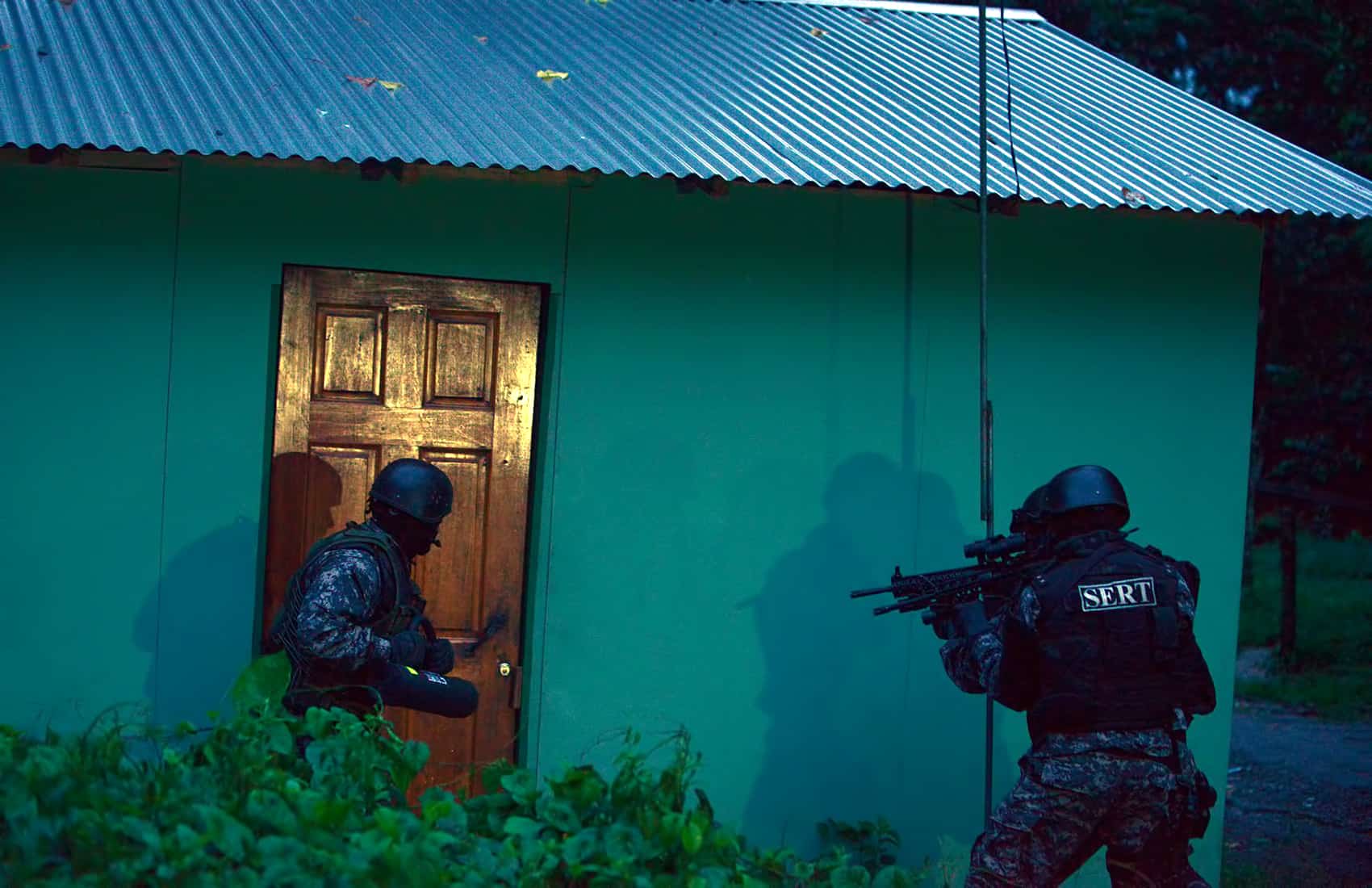On Tuesday afternoon, a man got out of his car, walked into a restaurant in central Limón and shot another man to death in what was likely the latest drug-related killing in the Caribbean province, the deadliest in Costa Rica, according to a statement from the Judicial Investigation Police (OIJ).
Drugs are the driving force behind Costa Rica’s highest homicide rates so far this year in the provinces of Limón and San José, according to sources when asked about a recent crime analysis published by the OIJ.
Homicides are up in many cantons around the country, with San José reporting 97 killings from Jan. 1 to July 31, a 22.8 percent increase in killings over the 79 reported during the same period last year. The spike in slayings was the largest in the country.
While assaults and some other violent crimes are also up in San José, according to another report released Tuesday afternoon, OIJ Assistant Director Gustavo Mata told The Tico Times that rising homicide rates are largely driven by drug trafficking and gang feuds over territory.
“San José has always been a problem. Here is where [the criminal organizations] are based. Limón is important because it’s a port where drugs enter the country. But here in San José is where the gangs are located, where they do their business.”
2012 was the second year in a row to show a decreasing number of killings in Costa Rica, which dropped to 407 from an eight-year high in 2010 of 527 victims.
Unfortunately, 2013 may buck that trend.
“If it continues, we forecast that we will end the year with more homicides than last year due to wars between gangs and other criminal activity,” Mata said.
Costa Rica is on track to reach a homicide rate of 8.7 per 100,000 inhabitants in 2013, according to The Tico Times’ estimate based on OIJ data. The national homicide rate as of the end of July was 5.4.
The map below shows the rate of homicides from January through July, 2013, according to OIJ. Buttons will appear in the map’s top left corner to zoom in on certain areas, such as San José’s metro area. The lower chart shows total number of murders so far in 2013. Clicking on a circle on the map or a bar in the chart allows you to highlight both areas.
Only cantons with a homicide are on the map. OIJ reported homicides in 49 of Costa Rica’s 81 cantons so far this year.
Limón, Costa Rica’s highest homicide rate
Limón, which has gained a notorious reputation for killings and drug trafficking, saw a drop in the number of victims, falling to 56 from 59 in 2012. The province’s homicide rate of 13.7 per 100,000 inhabitants, however, towers over others across the country, more than double that of the next highest, San José, at 6.3.
Limón OIJ Regional Delegation Chief Lider Klever Paco told The Tico Times that drug trafficking, poverty and social strains in the province contribute to its deadly homicide rate.
“For many gangs dedicated to drug trafficking, it’s very easy to attract these people because of their vulnerable condition. If there’s a young person living in a home with a single mother and there’s no food, many decide to follow this path because it’s an easy way to make money, even if it’s very risky,” Klever said.
Both law enforcement officials agreed that the killings tended to be isolated between gang members.
“You can say that it doesn’t affect honest citizens but it generates a feeling of insecurity,” reflected Klever on social impacts of the killings.
The Limón chief lamented that the biggest struggle to solving homicides in the province is convincing witnesses it’s safe to come forward.
In Costa Rica, the defendant has the right to know their accuser during a trial.
“They don’t want to talk. There are several homicides that we could solve if we knew who saw it, but they say they didn’t see anything so no one kills them. We could solve five more homicides now if people were willing to come forward, but they’re too scared,” Klever observed.
“In my opinion, it’s a bad law,” he said, arguing for greater witness protection.
While Limón remains the deadliest province in Costa Rica, the rest of the country sees much smaller homicide rates. Heredia, north of San José, and Cartago, east of the capital, are the cantons with the lowest homicide rates, at 1.5 and 2.6, respectively.
Keeping the statistics in perspective
According to OIJ’s numbers, Costa Rica is on pace for a homicide rate of 8.7 per 100,000 people, which would be one of its lowest numbers in recent years. According to the United Nations Office on Drug and Crime, Costa Rica had a homicide rate of 11 in 2011.
This was the lowest rate in Central America. Nicaragua had a rate of 12.6 per 100,000. Honduras had the highest rate in the region at 91.6, followed by El Salvador at 69.2. The United States, by comparison, had a homicide rate of 4.7 in 2011.







